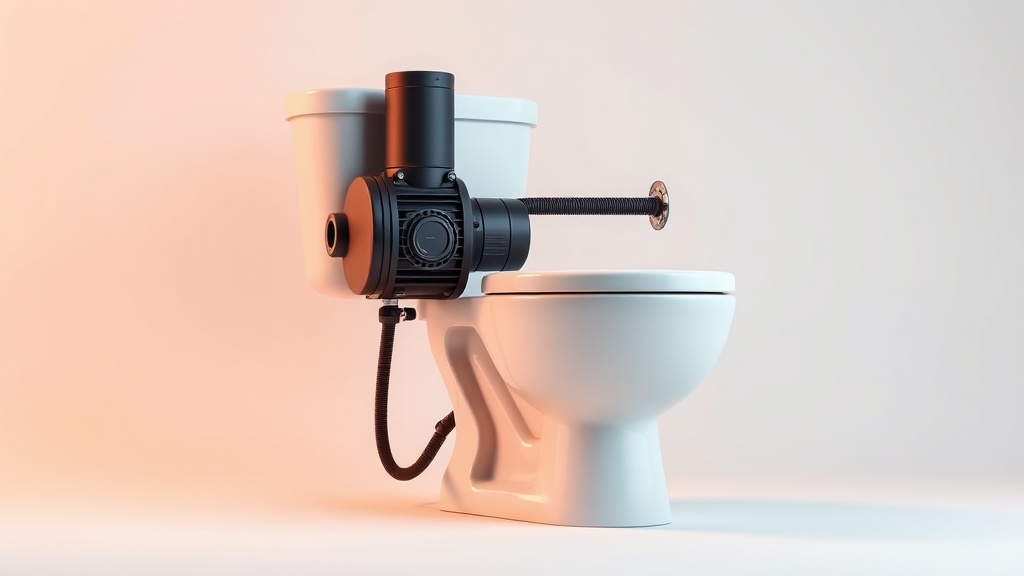Home / Technology / Flushing Away Darkness: Student's Ingenious Hydro-Powered Electricity Solution
Flushing Away Darkness: Student's Ingenious Hydro-Powered Electricity Solution
19 Oct
Summary
- Teenager develops device to generate electricity from flush water
- Provides reliable, renewable power to remote Himalayan villages
- Aligned with UN Sustainable Development Goals for clean energy and climate action

In October 2025, a teenage student from Uttarakhand, India has developed an innovative solution to address the issue of unreliable electricity access in remote Himalayan villages. The student, Kushagra Aditya Jha, grew up in Dehradun and was familiar with the challenges faced by communities in the Tehri Garhwal region, where the massive Tehri Dam generates over 1,000 MW of electricity, yet many villages remain in darkness.
Jha's solution, called HydroSan, harnesses the power of flush water to generate reliable, micro-scale electricity. After several prototypes and modifications, Jha's design includes a small pipe connected to the flush tank that allows a controlled trickle of water to run through a turbine, even between flushes, generating a consistent charge for lithium-ion batteries. This stored energy can then be used to power LED lights and USB charging ports.
Earlier this year, HydroSan earned the CREST Gold Award for sustainability and innovation, and was validated by the Uttarakhand Council of Science and Technology (UCOST). The technology is about to be patented and has been deployed in a village in Tehri for testing and further improvements. Jha believes HydroSan could be an important tool for decentralized energy generation in places with a heavy human footprint, such as malls, public toilets, and border posts.
Jha's innovation aligns directly with two United Nations Sustainable Development Goals: SDG 7 (Affordable and Clean Energy) by expanding access to reliable electricity, and SDG 13 (Climate Action) by offering a renewable, low-cost solution that reduces dependence on fossil fuels. HydroSan is designed to be affordable, accessible, and sustainable, using off-the-shelf, locally available components that are easy to repair and replicate.



